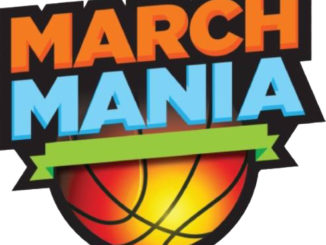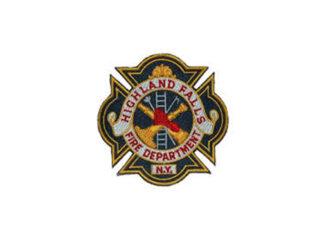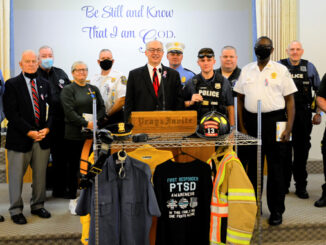(Editor’s Note: Thanks to the Highland Falls Fire Department for sharing this message about preparing for disasters. It’s a fitting week, with Hurricane Dorian wreaking havoc along the southern east coast of the US and the Bahamas. Other preparedness tips are available, and will continue to go up this month, on the HFFD’s website: www.hffd.net. MJP)
National Preparedness Month, is recognized each September to promote family and community disaster and emergency planning now and throughout the year. The 2019 theme is ‘Prepared, Not Scared’. Week 1 Planning covers saving early for disasters.
Flood Insurance
Most homeowners’ and renters’ insurance does not cover flood damage. The number of days it takes for most flood insurance policies to go into effect is 30 days. Don’t wait until it’s too late! Learn more about flood insurance at www.FloodSmart.gov
Prepare now
Snap photos of important documents and personal belongings to help you quickly file an insurance claim after a flood. https://youtube/i3MfRpND5gk
What important documents should you have for an emergency? Download the Emergency Financial First Aid Kit, which will walk you through the planning process: https://go.usa.gov/xypkQ
Money matters
Are you financially prepared for a natural disaster? Learn how to make a plan with Consumer Financial Protection Bureau’s tips: https://go.usa.gov/xPbJv
Plan ahead: how will you pay your bills if a disaster strikes? According to the Federal Reserve, 40% of Americans don’t have $400 in savings. What will you do if there is a disaster?
Keep some cash on hand in case of emergencies, since ATMs and credit card readers won’t always be available. Cash can help pay for immediate expenses like lodging, food and gas. Learn more: ready.gov/financial-preparedness
Set aside a small amount from each paycheck to go into your savings account. Find more tips to help you manage your money to be prepared for the unexpected: https://www.usa.gov/flec
Start talking with your children early about money. Include kids in discussions about saving for a disaster. Get ideas for how to involve them at https://ready.gov/kids



